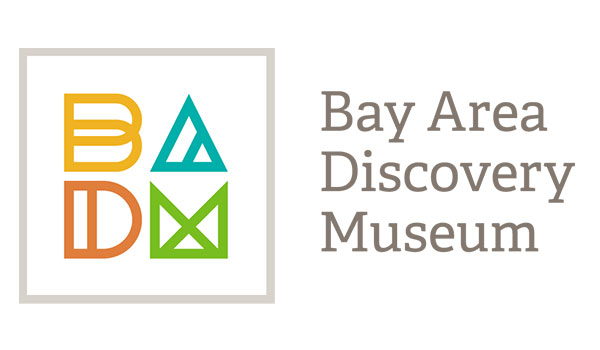Gather a collection of photos and spontaneously make up fun vacation stories in front of an audience. This activity helps children practice their improvisation and creative thinking skills.
Materials Required
- Collections of themed pictures to use for the improvisational vacation stories. Gather funny collections of 10 pictures each. Use personal photos or photos from magazines or online.
- A way to show the pictures in a large enough size for the full audience to see. For large groups, a computer and projector would be helpful. Smaller groups could use a computer monitor, printed copies of the pictures, or a tablet.
Instructions
- Have a helper who will not perform set up the collection of pictures (in a pile, on a tablet, or on a computer monitor) in front of the seated audience. If the group is large, connect the computer to a projector so that everyone can see.
- Pick the first performer to get in front of the audience.
- Challenge the performer to invent the story of their recent vacation with pictures they have never seen before. This requires on the spot creativity and imagination! The helper can flip or advance through the pictures, and the performer will use each new picture to add details to the imagined vacation.
- Chose the next performer and have a helper set up a different set of surprising pictures.
- Keep playing until everyone has a turn.
Additional Tips
Try these add-on activities:
- Try using a familiar set of pictures, but include one or two random and unrelated pictures in the collection that don’t fit with the theme (perhaps a picture of an iceberg or a tiger in a collection of mostly beach vacation pictures), and see how the performer responds to this unexpected surprise!
- Think beyond vacation slideshows. Try this improve activity with another type of story, like “What I did after school yesterday” or “A day in the life of my dog.”


